- Established 1982 -HOME: www.hiltonpond.org
THIS WEEK at HILTON POND Subscribe for free to our award-winning nature newsletter (Back to Preceding Week; on to Next Week) |
All text, maps, charts & photos © Hilton Pond Center SPRING FLOWERS (ON TIME), We had an odd banding day on 4 April 2022 at Hilton Pond Center, with the juxtaposition of two species causing particular surprise. At noon we mist netted and then banded the calendar year's first Dark-eyed Junco (DEJU, above and below)--only the second of the entire winter of 2021-22! This familiar "snowbird" that breeds primarily in New England and Canada (and up the Appalachians) used to spend cold months with us in good numbers, usually arriving in October and departing in March. In the early 2000s we annually banded 40 or more--our high was 74 in 1991--but during the past 11 years we've annually averaged only six. (Incidentally, this week's Dark-eyed Junco was close to a "late date" record for the Center; our latest ever was on 6 April.)
All text, maps, charts & photos © Hilton Pond Center We are unable to explain for sure this significant decline over the past two decades, but we suspect climate change means fewer DEJU are flying south in autumn. Perhaps a species that was once an obligate migrant now migrates only during severe winters up north. It's also possible Dark-eyed Juncos genetically programmed to come to the Carolina Piedmont have, for some reason, started going somewhere else.
All text, maps, charts & photos © Hilton Pond Center As juncos depart, the earliest migrant Neotropical warblers begin to appear locally, including last week's Yellow-throated Warbler. This afternoon, however, we were almost stunned to capture a Cape May Warbler (CMWA, above and below) far earlier than ever before--so early it was flagged by eBird. (Our previous early record was 28 April.) This capture was a second-year male in breeding plumage and only the 18th Cape May Warbler we've banded in spring at Hilton Pond. They're relatively more common during fall migration when we've captured 90% of our 174 bandings for the species. (NOTE: We found it interesting the rust-colored cheek feathers on the male CMWA are plume-like, without barbules on the barbs that branch from the central rachis.
All text, maps, charts & photos © Hilton Pond Center By the way, the Dark-eyed Juncos and Cape May Warblers that were unlikely juxtaposers at the Center this week share much of the same breeding area across Canada, even though CMWA migrate a bit further south in winter and end up in the Caribbean and coastal areas of southern Central America. DEJU never get further south than northern Mexico.
All text, maps, charts & photos © Hilton Pond Center NOTE: We found it interesting each rust-colored cheek feather on the male CMWA seemed especially "skeletonized"--plume-like, without barbules on very thin barbs that branch from a central rachis. (See extreme close-up above.) We'd not paid much attention to this specific feather structure or distribution, but upon reviewing other avian "mug shots" from our files it appears in many other birds as well. Since these particular feathers overlap a bird's external ear opening, we speculate such loose plumage allows more sound to pass while still protecting the ear canal and providing at least some streamlining during flight. We're always noticing new things about birds--even after 41 years of banding at Hilton Pond Center--and welcome your thoughts about our facial-feather hypothesis via e-mail at RESEARCH. All text, maps, charts & photos © Hilton Pond Center A FEW SPRING FLOWERS Three of our favorite woody plants were covered by abundant blossoms the first week in April 2022: Eastern Redbud (Cercis canadensis), Flowering Dogwood (Cornus florida), and Pinxter-flower (Rhododendron periclymenoides, formerly R. nudiflorum). All showed up at Hilton Pond Center at least in the last 41 years without our planting them. The photos below celebrate their eye-pleasing inflorescence, with our only regret being their blossom period is no more than a couple of weeks. (No captions needed.)
All text, maps, charts & photos © Hilton Pond Center
All text, maps, charts & photos © Hilton Pond Center
All text, maps, charts & photos © Hilton Pond Center
All text, maps, charts & photos © Hilton Pond Center
All text, maps, charts & photos © Hilton Pond Center
All text, maps, charts & photos © Hilton Pond Center WHITHER THE BEAVER? We reported last month about evidence an American Beaver had worked its way upstream from Fishing Creek to "Nothilton Pond," a larger impoundment below Hilton Pond that is partly on the Center's 11 acres. We soon set up a trail cam along a flooded slough where the beaver had left drag marks in the mud. And then we waited. After two weeks we still haven't captured any images of a beaver, but a Great Blue Heron (above right) did wander by one evening just at dusk for a fleeting mug shot. Stay tuned to see what shows up next. All text, maps, charts & photos © Hilton Pond Center HILTON POND SUNSETS "Never trust a person too lazy to get up for sunrise
All text, maps, charts & photos © Hilton Pond Center Sunset over Hilton Pond, 04 April 2022 Flower Dogwoods were in bloom to either side of the old Shagbark Hickory under a broad pink sky. Spring is at hand. Don't forget to scroll down for lists of Hilton Pond supporters and of all birds banded and recaptured during the period. Photoshop image post-processing for this page employs |
|---|
|
"This Week at Hilton Pond" is written and photographed by Dr. Bill Hilton Jr., executive director of Hilton Pond Center for Piedmont Natural History
|
|
|
Please refer "This Week at Hilton Pond" to others by clicking on this button: |
|

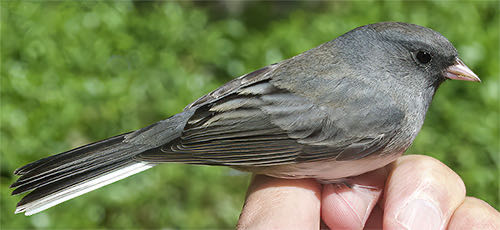

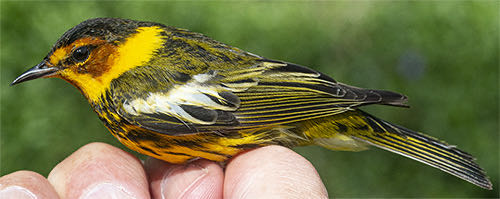
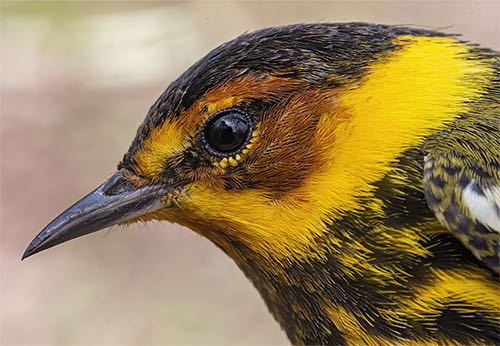
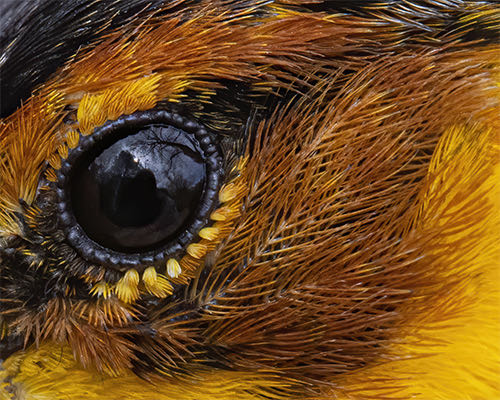

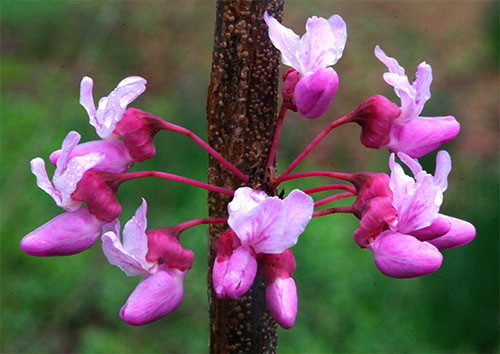
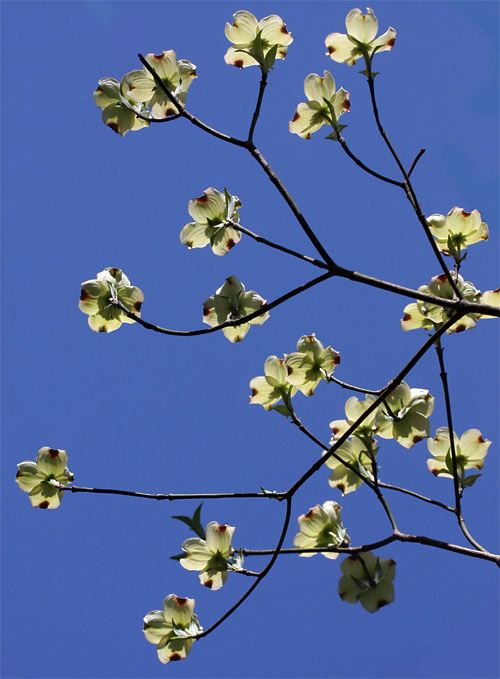
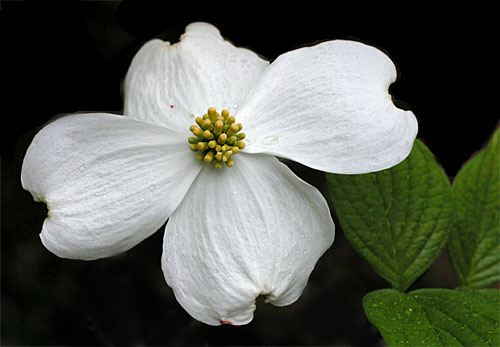


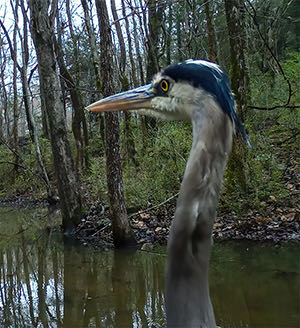 The evidence was in the form of several three-foot-long branches we had found on the pond bank; they were yellowish-white and stripped of tender bark the beaver had undoubtedly eaten.
The evidence was in the form of several three-foot-long branches we had found on the pond bank; they were yellowish-white and stripped of tender bark the beaver had undoubtedly eaten. 









 Please report your
Please report your